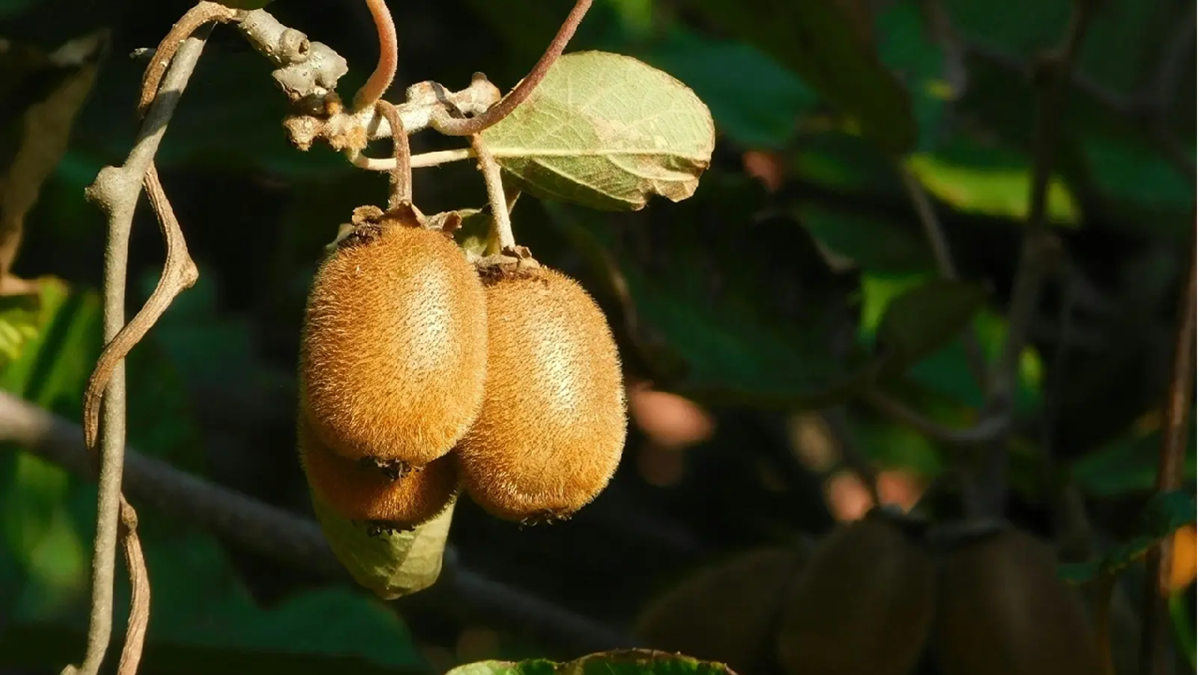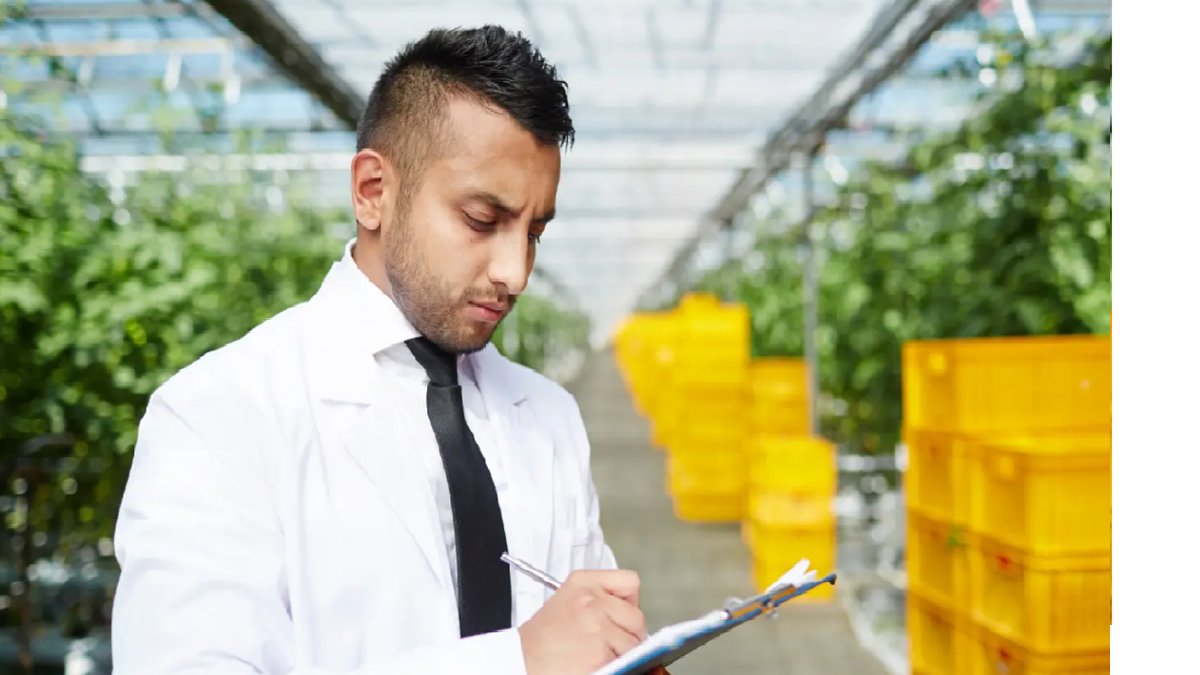Measurements
Bruising Impact on Fruit Quality
Bruising is the most common mechanical damage which fruits suffer. Bruising is a significant purchase barrier, more important than pricing in influencing consumer choice. Bruising also has other severe consequences on fresh fruit quality. The economic impact of fruit bruising on the fruit industry is substantial. Understanding bruising susceptibility can help stakeholders develop strategies to reduce the problem.
20 September, 2023
Bruising is the most common mechanical damage which fruits suffer. Bruising is a significant purchase barrier, more important than pricing in influencing consumer choice. Bruising also has other severe consequences on fresh fruit quality. The economic impact of fruit bruising on the fruit industry is substantial. Understanding bruising susceptibility can help stakeholders develop strategies to reduce the problem. What is Fruit Bruising?Bruising is the damage to subcutaneous fruit tissue caused by external force without any skin rupture. The external pressure and stress cause cell breakage and distortion of cells. Further cell membrane breakage leads to the release of enzymes into intercellular spaces. The discoloration of the injured tissue can identify bruising. Fruits get bruised when impact and compression forces are applied to a small part of fruits. It could be due to fruit drop, compaction of fruit against rigid container walls, or with another fruit. Soft-skinned fruits like strawberries, blueberries, cherries, grapes, peaches, prunes, apples, and pears are more prone to bruising. Bruising is usually an issue for the fresh fruit market and doesnt usually matter for processing. However, like olives, bruising can also affect the processed product quality in some cases. Downgrading of bruised fruits quality leads to rejection and economic losses along the supply chain. Around 3040% of produce is affected by bruising and other mechanical damage like cuts, splits, punctures, or abrasions. Bruise damage is not immediately visible, the internal effects that produce severe external defects and quality deterioration develop over time and are discussed below. Bruising Impact on Internal Fruit QualityBruising damage affects several physiological processes and changes physiochemical quality parameters and nutritional value. Internal BrowningWhen cell content is released into intercellular spaces due to cell damage, some cell constituents, like phenolic compounds, can undergo oxidization and turn brown. Internal browning is one of the classic symptoms of bruising that develops even with slight tissue damage. Alterations in Physiological ProcessesBruise damage significantly affects physiological processes like fruit respiration, ethylene production, and transpiration. - The respiration rate is increased, for example, in sweet potatoes by 72%. - This rise in respiration and the bruising stress increase production of ethylene, a phytohormone responsible for ripening and senescence. Ethylene is also released in response to pathogenic infection. - Faster ripening in the bruised spots can follow increased respiration and ethylene production rates, reducing the shelf life of fruits. - Bruising leads to significant moisture loss, reducing fruit freshness and shriveling and weight loss. For example, a single bruise on an apple increased the moisture loss rate by up to 400%. - Senescence is more in bruised fruits due to postharvest rots and decay than in un-bruised fruits. It can result from microbial spoilage or get accelerated due to high ethylene production. Microbial SpoilageFruit bruise damage can also lead to microbial spoilage of the bruised tissue and quality losses. Pathogens that cause decay enter more easily through damaged tissue and spread to the whole fruit. Depending on the pathogen, fungal or bacterial, it can cause fermentation, mildews, or rot. The quality of the injected fruit is downgraded, and it can infect neighboring healthy, undamaged fruits. Moreover, infected fruits will be rejected. All bruised fruits are not unsafe, especially those with fresh and minor bruises, but over time bruises can be infected and contaminated. Change in Physiochemical ParametersBruising can change the concentrations of crucial quality attributes like soluble solid content (SSC), titrable acidity, and color. SSC can increase (as in bananas), decrease (in tangerines), or remain unaffected (as in pomegranates) due to bruising depending on species. SSC can increase due to faster ripening, where starch is converted to sugars. The sugar-to-acidity ratio can also alter, affecting fruit taste. Moreover, there can also be a reduction in the production of nutraceuticals such as vitamin C than in unbruised tissue, so the nutritional quality of fruits and vegetables like tomatoes can fall. External Sensory ChangesBruising changes sensory qualities like firmness, external color, and weight loss. Loss in Firmness: Bruising damage accelerates the loss of firmness. The extent of firmness loss is also influenced by storage temperature, duration, and drop height increase. Weight Loss: Increased respiration rate increases the fruits temperature and accelerates moisture content loss. As a result, weight loss is a common effect of bruising damage, especially in long storage duration, even under low temperatures. Weight loss cause shriveling, affecting customer preference and reducing economic returns for fruits sold by weight. Color: Outer skin color changes due to more production of pigments like lycopene and carotenoids, depending on the species, turning bruised areas red to brown. Color changes are due to a reduction in greenness because the injured areas produce more ethylene, which leads to faster ripening of these areas to brown. The effects of bruising can be controlled or worsened by environmental conditions and maturity stages of the fruits at bruising. Knowing how bruising occurs at several stages, from farms to retailers (See Figure 2), and how they develop can help to control bruising damage.












